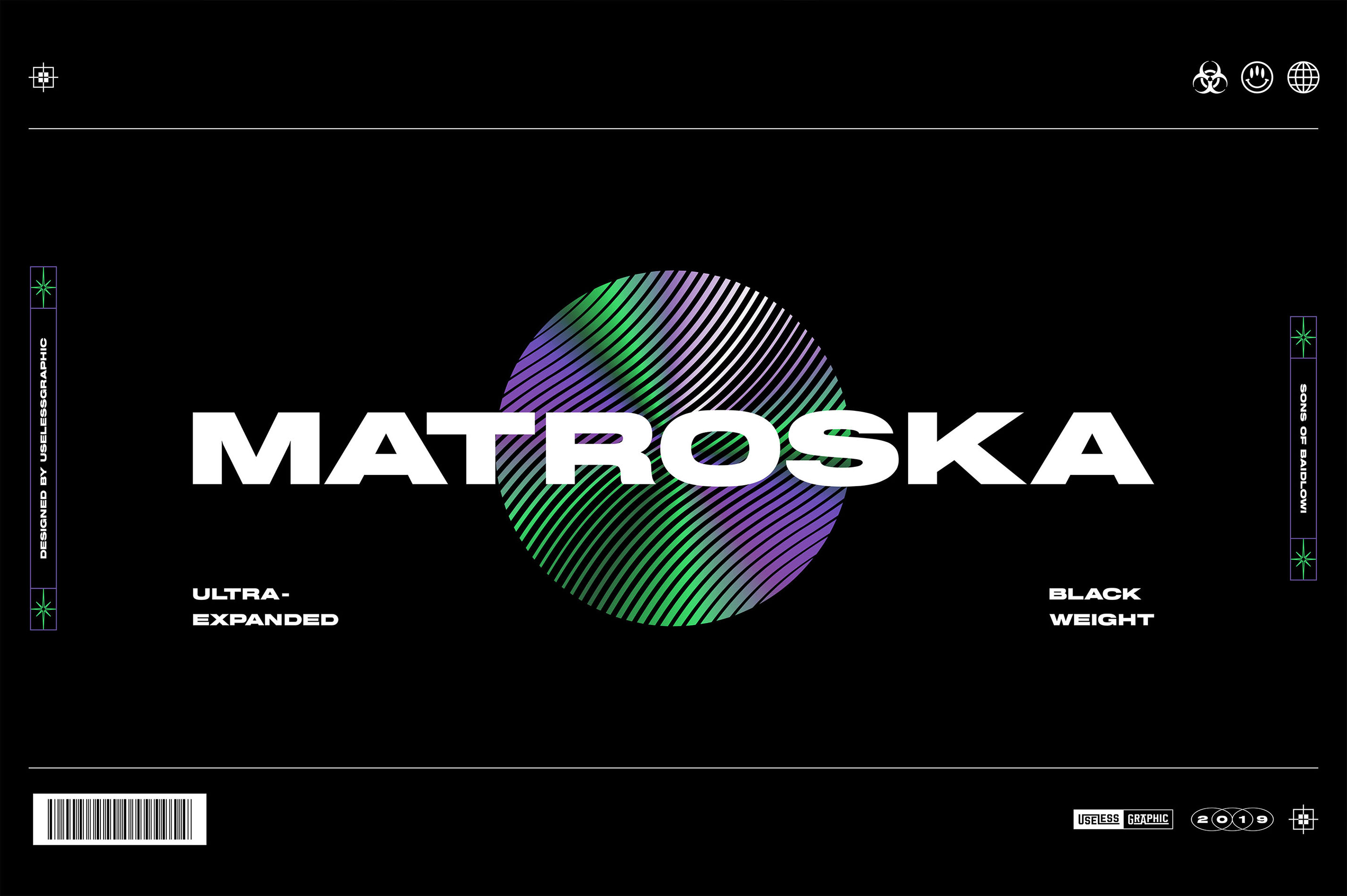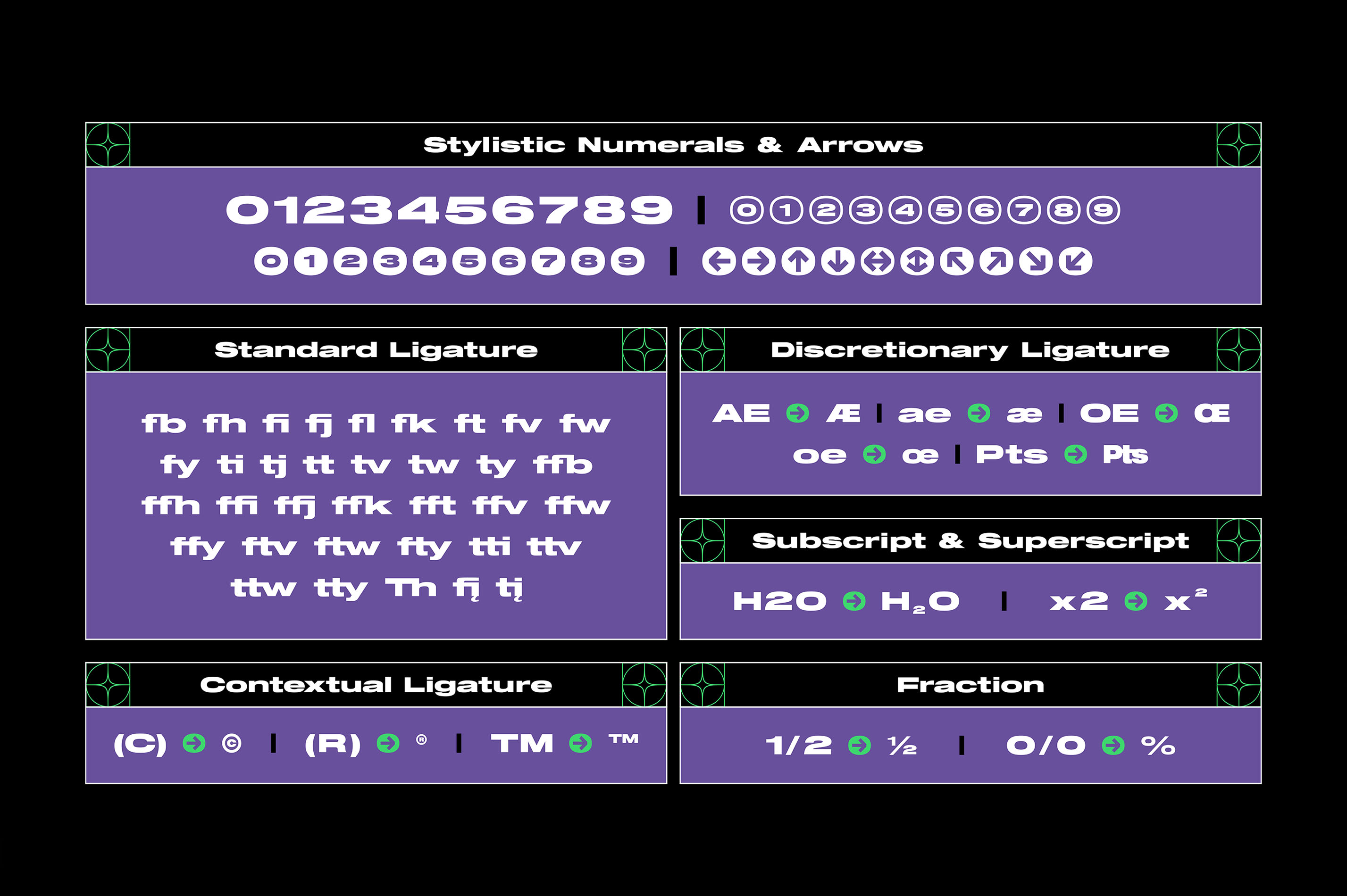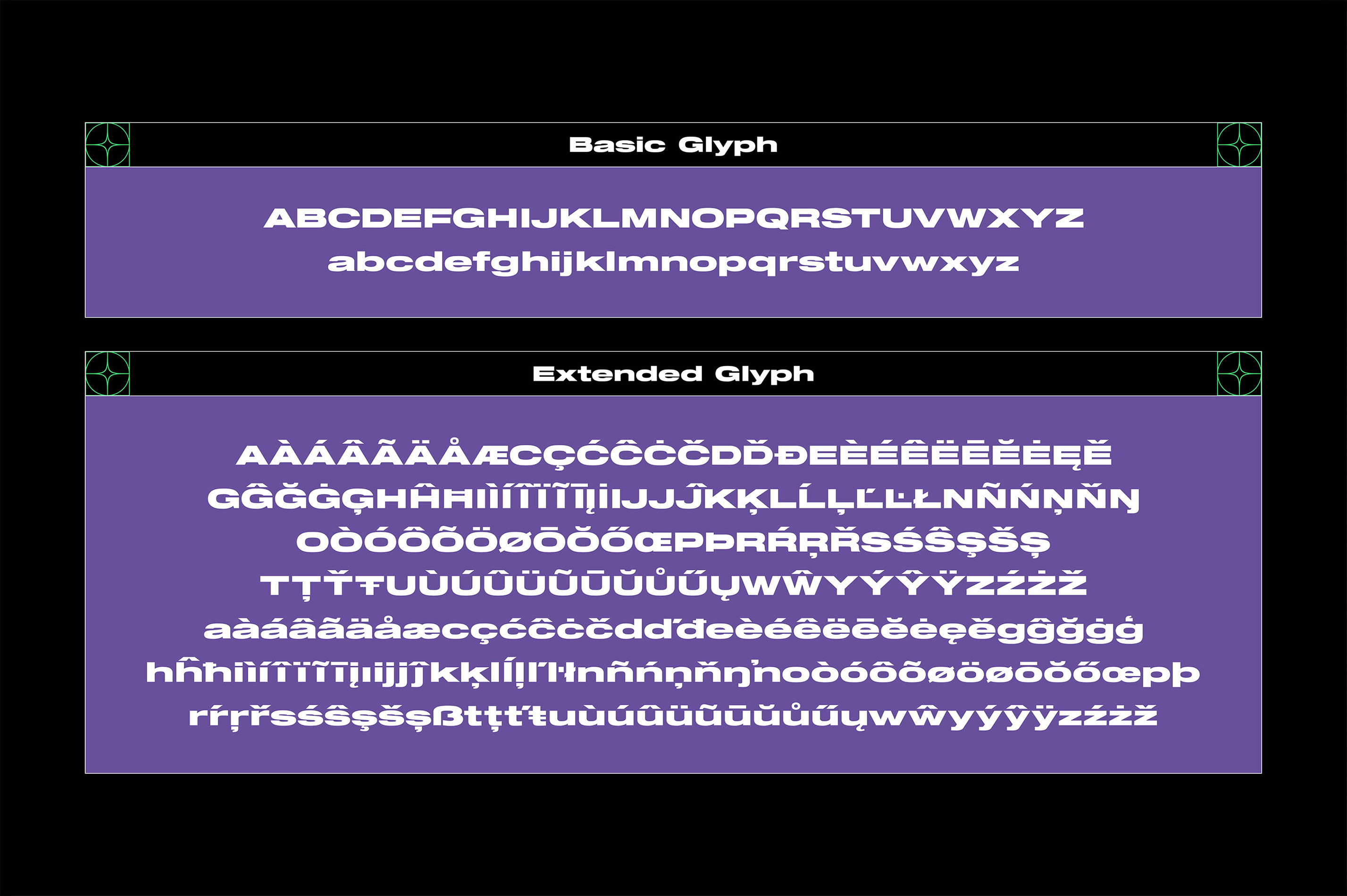Matroska Video: The Ultimate Guide To Understanding And Utilizing This Revolutionary Format
Matroska video has taken the digital world by storm, becoming one of the most versatile and widely used container formats available today. If you're new to this format or simply want to deepen your understanding, you've come to the right place. In this article, we'll dive deep into what makes Matroska so special and why it’s become an industry favorite. Whether you're a tech enthusiast, a casual user, or a professional content creator, this guide will equip you with everything you need to know about Matroska video.
So, what exactly is Matroska video? At its core, it's more than just a video file—it’s a container format designed to hold an almost limitless combination of audio, video, subtitle, and metadata streams. Think of it as a digital toolbox that can store all your multimedia files in one neat package. And trust me, once you get the hang of it, you'll wonder how you ever managed without it.
Here's the deal: if you're someone who values flexibility, quality, and compatibility, Matroska video is your go-to solution. It offers features that traditional formats simply can't match. From open-source development to seamless integration across platforms, this format checks all the boxes for modern multimedia needs. Let's jump right in and explore why Matroska has become such a game-changer.
Read also:Maximize Efficiency With Remoteiot App Monitoring
What is Matroska Video and Why Should You Care?
Matroska video isn't just another file format; it's a revolution in how we store and share multimedia content. Developed as an open standard, Matroska was created to address the limitations of older formats like AVI and MKV. By combining advanced features with backward compatibility, it ensures that your files remain accessible no matter what device or software you use.
One of the coolest things about Matroska is its ability to bundle multiple streams into a single file. Imagine having a movie with different audio tracks, subtitles in various languages, and even chapters—all neatly organized within one file. That's the power of Matroska at work. Plus, it supports almost every codec under the sun, making it a universal choice for both creators and consumers.
Why Choose Matroska Over Other Formats?
When it comes to choosing a video format, options abound. But here's why Matroska stands out:
- Open Source: Unlike proprietary formats, Matroska is developed by a community of developers who prioritize transparency and accessibility.
- High Compatibility: Whether you're using Windows, macOS, Linux, or mobile devices, Matroska plays nice with virtually any platform.
- Advanced Features: From chapter markers to metadata support, Matroska offers tools that enhance the user experience.
- Future-Proof: As technology evolves, Matroska continues to adapt, ensuring your files remain relevant for years to come.
Let’s face it—nobody wants to deal with outdated or incompatible files. Matroska eliminates that headache by providing a robust, future-proof solution that works across the board.
How Does Matroska Work Under the Hood?
Now that we've covered the basics, let's take a peek under the hood. Matroska operates on a modular structure, allowing it to accommodate a wide range of codecs and streams. This flexibility is what sets it apart from other formats. Instead of being tied to specific compression algorithms, Matroska acts as a container that can house virtually any type of multimedia data.
For example, you can encode your video using H.264, H.265, VP9, or even older codecs like MPEG-2. Similarly, audio streams can be in AAC, MP3, FLAC, or Opus formats. Subtitles? No problem! Matroska supports everything from SRT to ASS files, giving you complete control over how your content is presented.
Read also:Filly Meaning Understanding The Term And Its Significance
Breaking Down the Components of a Matroska File
Every Matroska file consists of several key components:
- Video Stream: The main visual content of your file.
- Audio Streams: Multiple audio tracks, including different languages or commentary.
- Subtitle Tracks: Text-based overlays that enhance accessibility and localization.
- Metadata: Information about the file, such as title, artist, and copyright details.
- Chapters: Divisions within the file that allow for easy navigation.
By organizing these elements into a cohesive structure, Matroska ensures that your files are not only functional but also user-friendly.
Top Reasons to Use Matroska Video
If you're still on the fence about adopting Matroska, here are some compelling reasons to make the switch:
1. Enhanced Quality: With support for high-efficiency codecs, Matroska delivers crystal-clear video and audio without bloating your file size.
2. Cross-Platform Support: Regardless of whether you're working on a PC, Mac, or smartphone, Matroska ensures seamless playback.
3. Customization Options: From adding multiple subtitle tracks to embedding custom metadata, Matroska gives you the freedom to tailor your files to your exact specifications.
4. Community-Driven Development: Backed by a passionate community of developers, Matroska receives regular updates and improvements, ensuring it stays ahead of the curve.
5. Cost-Effective: Being open-source, Matroska doesn't require licensing fees, making it an affordable choice for individuals and businesses alike.
Common Misconceptions About Matroska
Despite its many advantages, Matroska isn't without its misconceptions. Here are a few common myths debunked:
Myth #1: "Matroska files are too large." Fact: With modern codecs like H.265 and VP9, Matroska actually offers superior compression, resulting in smaller file sizes without sacrificing quality.
Myth #2: "It’s difficult to work with Matroska." Fact: Thanks to user-friendly tools like MKVToolNix, creating and editing Matroska files is easier than ever.
Myth #3: "Not all devices support Matroska." Fact: While older devices may require additional codecs, most modern systems natively support MKV files out of the box.
Clearing the Air on Compatibility Issues
One of the biggest concerns people have about Matroska is compatibility. However, the reality is that most major media players, including VLC, MPC-HC, and Kodi, fully support MKV files. Even streaming platforms like Plex and Jellyfin embrace Matroska as their preferred format. So, unless you're stuck with legacy hardware, you're unlikely to run into any issues.
How to Create and Edit Matroska Files
Creating Matroska files is easier than you might think. All you need is a reliable tool like MKVToolNix, which is available for free on Windows, macOS, and Linux. Here's a quick step-by-step guide to get you started:
- Download and install MKVToolNix from the official website.
- Open the GUI interface and select "Add files" to include your video, audio, and subtitle streams.
- Customize settings such as track names, language codes, and metadata.
- Choose an output location and hit "Start multiplexing" to create your Matroska file.
Editing existing Matroska files is just as straightforward. Simply load the file into MKVToolNix, make your changes, and save the updated version. It's like working with a digital Swiss Army knife—powerful yet intuitive.
Tools You Need to Master Matroska
Besides MKVToolNix, there are several other tools worth exploring:
- HandBrake: A versatile transcoder that can convert videos into Matroska format.
- FFmpeg: A command-line powerhouse for advanced users who want precise control over their files.
- VLC Media Player: Not only a player but also a capable editor for basic tasks.
With the right tools in your arsenal, mastering Matroska becomes a breeze.
Matroska vs. Other Popular Formats
Comparing Matroska to other formats like MP4, AVI, and WebM reveals its distinct advantages:
Matroska vs. MP4: While MP4 is widely supported, Matroska offers greater flexibility and customization options. Plus, it supports more advanced features like chapters and attachments.
Matroska vs. AVI: AVI may have been king in the early days of digital video, but its limitations in terms of codec support and metadata handling make it obsolete compared to Matroska.
Matroska vs. WebM: Both formats are open-source, but WebM is specifically designed for web use, whereas Matroska excels in both online and offline applications.
Which Format Should You Choose?
The answer depends on your specific needs. For general-purpose use, Matroska is hard to beat. However, if you're targeting platforms like YouTube or social media, MP4 might be a better choice due to its broader compatibility. Ultimately, understanding the strengths and weaknesses of each format will help you make the right decision.
Best Practices for Working with Matroska
To get the most out of Matroska, keep the following tips in mind:
- Use High-Quality Codecs: Opt for modern codecs like H.265 and Opus to achieve the best balance between quality and file size.
- Organize Your Streams: Label your audio and subtitle tracks clearly to avoid confusion later on.
- Include Metadata: Adding relevant metadata improves discoverability and provides valuable context for your files.
- Backup Regularly: Always keep backups of your original files before making any edits.
By following these best practices, you'll ensure that your Matroska files are optimized for performance and usability.
Common Pitfalls to Avoid
Here are a few mistakes to steer clear of:
- Overloading Your Files: While Matroska can handle multiple streams, too many can lead to bloated files and playback issues.
- Ignoring Compatibility: Always test your files on different devices to ensure they play back correctly.
- Skipping Metadata: Failing to include metadata can make it harder for others to understand and use your files.
Stay vigilant, and you'll avoid these common pitfalls.
Conclusion: Embrace the Power of Matroska Video
Matroska video represents the gold standard in multimedia container formats. Its versatility, open-source nature, and advanced features make it an indispensable tool for anyone serious about digital content. From casual users to professional creators, Matroska offers something for everyone.
So, what are you waiting for? Dive into the world of Matroska and experience the freedom and flexibility it provides. And don't forget to share your thoughts in the comments below or check out our other articles for more tips and tricks. Together, let's unlock the full potential of digital media!
Table of Contents
- What is Matroska Video and Why Should You Care?
- How Does Matroska Work Under the Hood?
- Top Reasons to Use Matroska Video
- Common Misconceptions About Matroska
- How to Create and Edit Matroska Files
- Matroska vs. Other Popular Formats
- Best Practices for Working with Matroska
- Conclusion: Embrace the Power of Matroska Video


